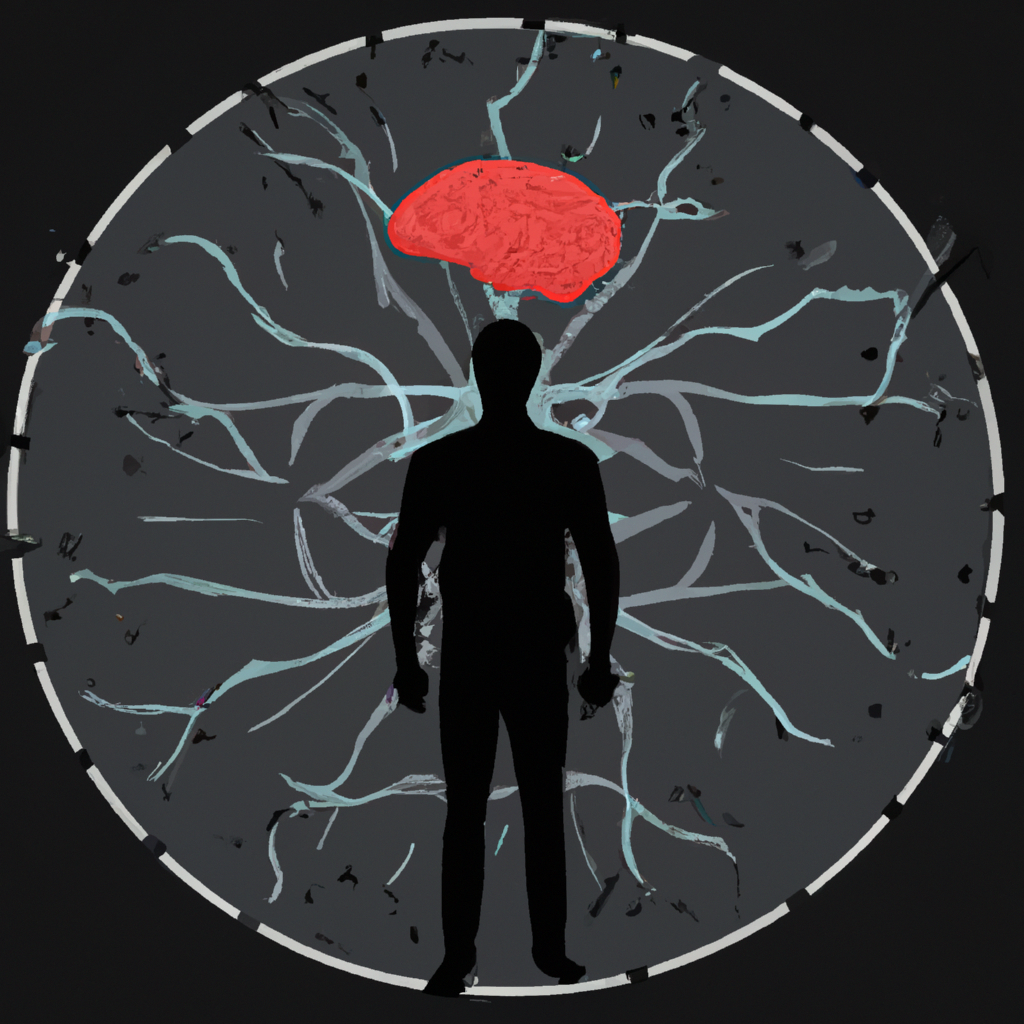
Criminal behavior has been a topic of interest for centuries. The reasons behind why people engage in criminal activities have been studied extensively by psychologists, criminologists, and sociologists. Adrian Raine, a renowned criminologist, presents his findings in his book, “The Anatomy of Violence.” In this article, we will review Raine’s book and explore the psychology of crime.
Chapter 1: The Biological Basis of Crime
Raine’s book explores the biological basis of criminal behavior. He argues that certain biological factors, such as genetics and brain abnormalities, can contribute to criminal behavior. Raine’s research shows that individuals with lower levels of cortisol, a hormone that regulates stress, are more likely to engage in criminal behavior. Additionally, he found that individuals with abnormal brain development, particularly in the prefrontal cortex, are more likely to engage in criminal behavior.
Chapter 2: The Environmental Factors of Crime
Raine also explores the environmental factors that contribute to criminal behavior. He argues that poverty, poor parenting, and exposure to violence can all contribute to criminal behavior. Raine’s research shows that individuals who grow up in poverty are more likely to engage in criminal behavior. Additionally, he found that individuals who experience physical abuse or witness violence as children are more likely to engage in criminal behavior later in life.
Chapter 3: The Role of Psychology in Crime
Raine’s book also explores the role of psychology in criminal behavior. He argues that personality traits, such as impulsivity and aggression, can contribute to criminal behavior. Raine’s research shows that individuals with high levels of impulsivity are more likely to engage in criminal behavior. Additionally, he found that individuals with high levels of aggression are more likely to engage in violent criminal behavior.
Chapter 4: The Treatment of Criminal Behavior
In his final chapter, Raine explores the treatment of criminal behavior. He argues that a combination of biological, environmental, and psychological factors contribute to criminal behavior. Therefore, treatment should address these factors. Raine suggests that interventions, such as cognitive-behavioral therapy and medication, can be effective in reducing criminal behavior.
Conclusion
In conclusion, Adrian Raine’s book, “The Anatomy of Violence,” provides a comprehensive overview of the psychology of crime. Raine’s research shows that biological, environmental, and psychological factors can all contribute to criminal behavior. Additionally, he suggests that a combination of interventions, such as medication and cognitive-behavioral therapy, can be effective in reducing criminal behavior. This book is a valuable resource for anyone interested in understanding criminal behavior and its causes.



